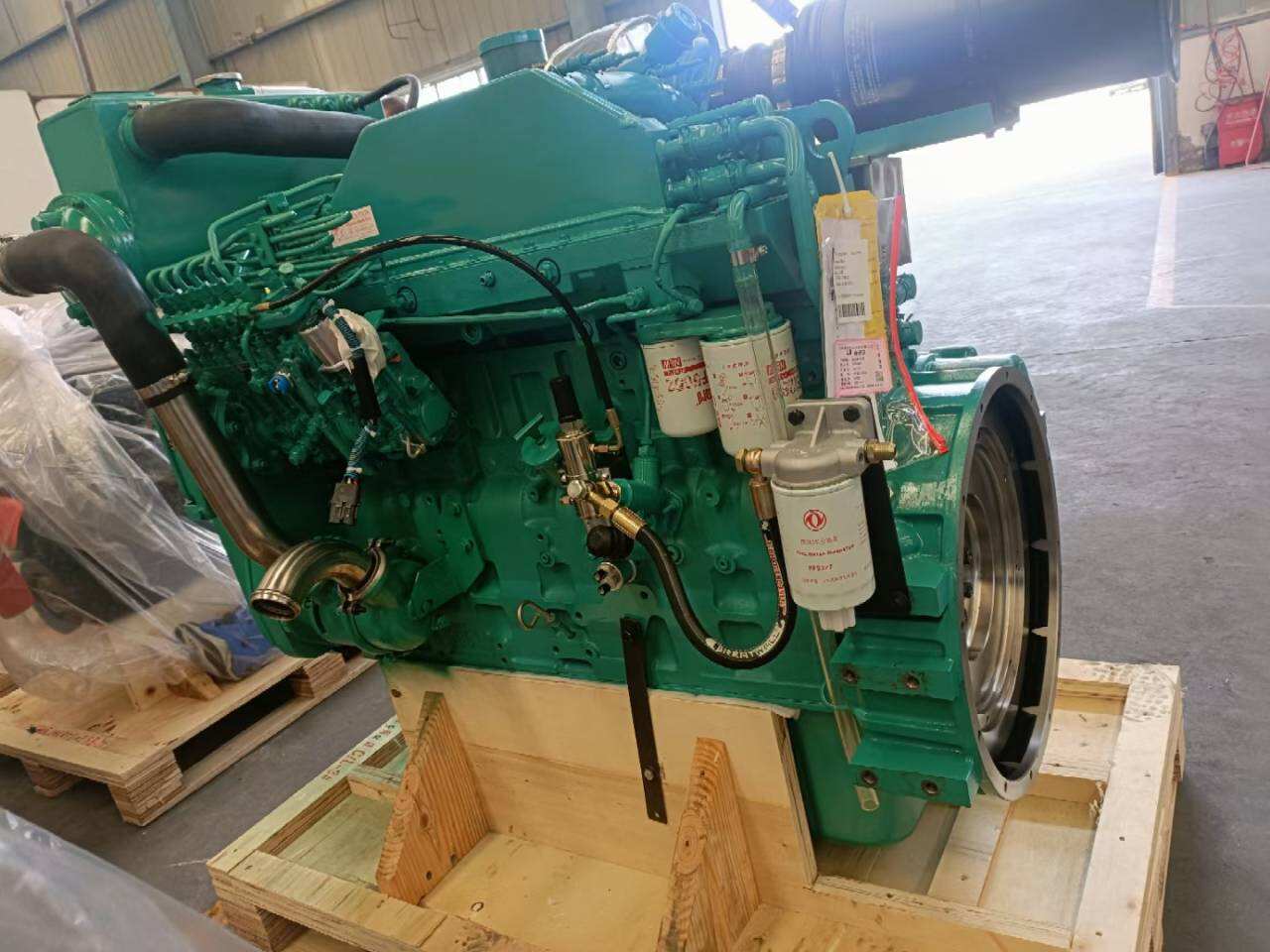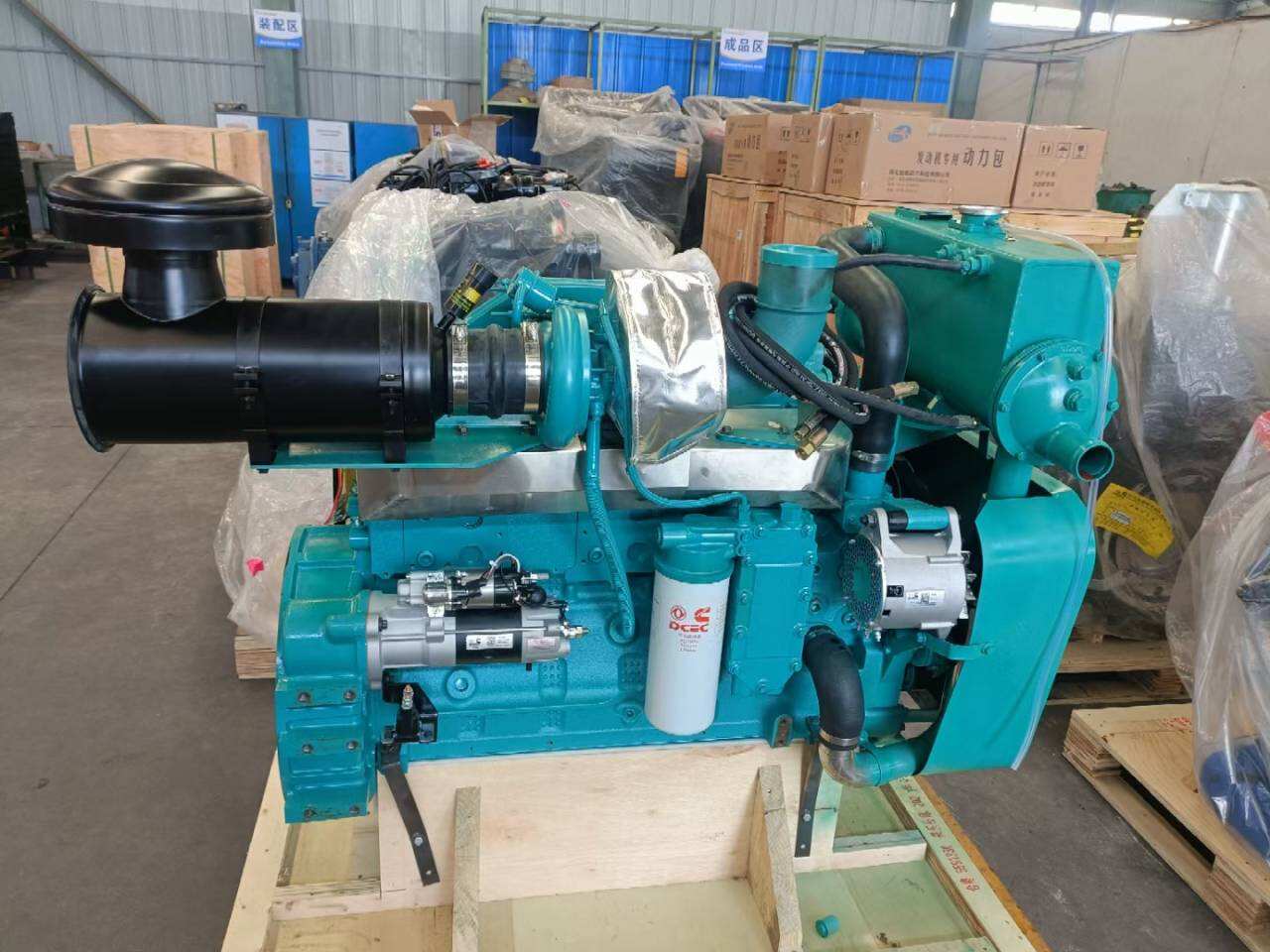marine engine price
Marine engine prices represent a crucial consideration in maritime operations, encompassing a wide range of factors that influence the total cost of marine propulsion systems. These sophisticated power units, designed specifically for maritime applications, vary significantly in price based on their size, power output, and technological specifications. Modern marine engines incorporate advanced features such as electronic fuel injection systems, turbocharging capabilities, and sophisticated emission control technologies. The price spectrum ranges from smaller recreational boat engines starting at several thousand dollars to large commercial vessel power plants that can cost millions. Factors affecting marine engine prices include manufacturing quality, brand reputation, compliance with international maritime regulations, and integration of smart monitoring systems. The market offers various options from leading manufacturers, each providing different price points based on horsepower ratings, fuel efficiency capabilities, and environmental compliance standards. Additionally, the total price consideration must include installation costs, maintenance requirements, and long-term operational expenses. Understanding marine engine pricing requires evaluation of both initial purchase costs and lifetime value, including fuel consumption efficiency and maintenance intervals.


